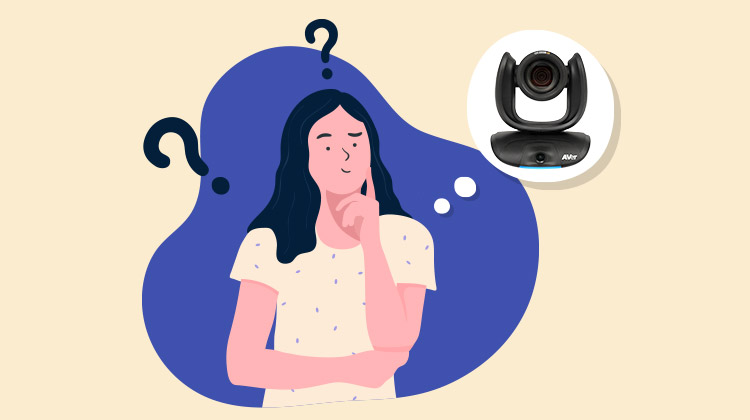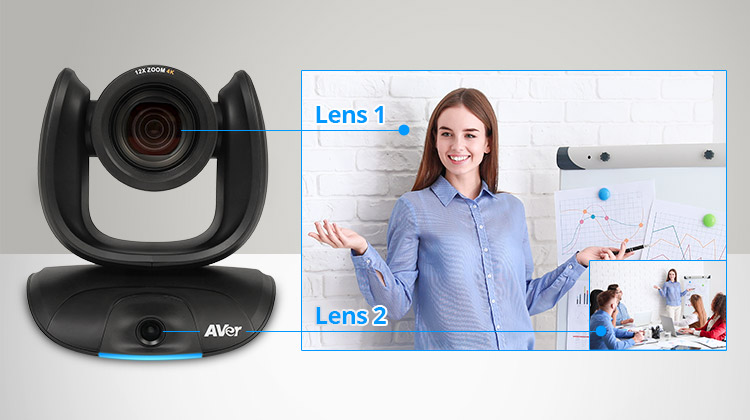If you’ve ever participated in a video conference before, whether it’s at work or at home, you’re likely familiar with some of the issues that are famously associated with it. Whether that’s the camera having difficulty in finding the correct person or object to focus on, image quality anomalies throughout the meeting, or even something as simple as a newcomer entering the meeting can cause issues for basic video conferencing cameras.
You might be thinking – we’ve seen plenty of cameras that solve this issue before, right? And you’re not wrong - cameras like the AVer CAM520 and VB130 have introduced new intelligent AI technologies to solve these issues over the years.
Such AI technologies are absolutely an effortless way to address many common video conferencing frustrations. However, there’s only so much magic that smart AI can work with the limited information a single camera provides. You might have guessed where I’m going with this by now – for businesses working with large size office rooms and huge amounts of participants that come and go, a true hardware upgrade is what is required – a secondary, AI camera, such as that featured on the CAM550
come into play for such situations.

However - many of you might have the same question I had when I first heard the term ‘secondary AI camera’:
“What does it actually mean?”
“Does a secondary AI camera really provide any must-have features that I need?”
If you’ve ever had quality or focusing issues with a video conferencing camera, the answer might just be yes. While AVer has introduced this feature on the CAM550 in an unprecedented step in the video conferencing space, it has really been around for longer than you might think. The first, and most obvious example of this is smartphone camera technology. In fact – smart AI camera technology, and that which involves a secondary AI camera, is likely to exist on the phone in your pocket right now. The secondary AI camera delivers phones with upgraded image quality that far exceeds the capabilities of their hardware. AI does this through processing information in a way that humans cannot – it processes gargantuan amounts of data to improve on the image provided by the main camera. AI features such as scene detection and camera focus are enabled by a secondary camera that is designed to provide additional scene information that allows the AI to deliver an extraordinary image.

Secondary AI cameras are made to provide an abundance of additional data that would be useful for users of the product. For smartphones, as we just mentioned, we might find useful features for phone-photographers – additional lenses, filters, and the ability for the camera to easily analyze depth and the scene by comparing two image perspectives – not unlike how our eyes work.
This is where you might see why video conferencing equipment requires such bleeding-edge technology. Depth, which has always been a problem area for traditional single-lens video conferencing cameras, is given a much higher priority. On one hand, two separate cameras allow technologies such as AVer AI to easily analyze depth to accurately locate participants, but on the other hand, the secondary camera can track newcomers and participants independently while the primary, high quality lens can continue to deliver an uninterrupted image to viewers.
Put simply – the AI camera delivers points of interest and information that the AI requires, while the primary camera provides the same except for users. This enables seamless PTZ movement of the camera, while also maintaining pristine image quality.
To wrap up, secondary cameras have been revolutionary across the high-tech industry, reinventing smartphones and the way we use AI to create incredible images. It’s exciting to see innovative products such as the CAM550
introduce this impressive new technology into the video conferencing space, finally offering large-scale business users a solution to some classic video conferencing headaches through all-new hardware that is purpose built to enhance AI efficiency.